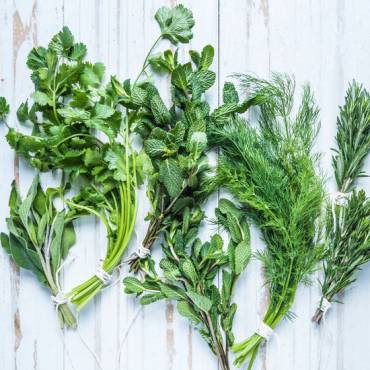There are many legends surrounding tea discovery but it is thought that tea’s origins date back to around 2700 BC, when Emperor Shen Nung was resting beneath a tree in the mountainous areas of China’s Yunnan province whilst his servant prepared some water on the fire.
 The wind picked up and blew a leaf from the tree into the water, the Emperor decided to try the liquor, and after drinking felt revived. The tree was a tea tree and he reputedly went on to discover the medicinal benefits of this precious potion. From this period onward there are many references to tea being either offered as gifts to Emperors or requested as a remedy and detoxifying agent. Thanks to the public tea market we are now able to discover wonderful new varieties, new flavors, new shapes, and fragrances. We are no longer bound by the limited choice of teabag tea on our supermarket shelves. We are now free to discover tea, as it was originally meant to be.
The wind picked up and blew a leaf from the tree into the water, the Emperor decided to try the liquor, and after drinking felt revived. The tree was a tea tree and he reputedly went on to discover the medicinal benefits of this precious potion. From this period onward there are many references to tea being either offered as gifts to Emperors or requested as a remedy and detoxifying agent. Thanks to the public tea market we are now able to discover wonderful new varieties, new flavors, new shapes, and fragrances. We are no longer bound by the limited choice of teabag tea on our supermarket shelves. We are now free to discover tea, as it was originally meant to be.
 To ensure the highest quality teas, the newest tips of “two leaves and a bud” are plucked by hand. This practice of fine plucking produces the best-tasting tea but low yields – around two to three thousand leaves into a pound of the finished product. On the other hand, frequent picking of the young leaves and buds promotes new growth throughout the year. Depending upon the origin, bushes are plucked from three to twelve times a year. Plucking is often referred to as “flushes.” Climate, the altitude, and the soil, also play a role in determining the quality of tea. The plant flourishes at altitudes between 2000 and 6500 feet. The finest quality teas grow at higher altitudes where the cool climate slows growth, allowing more concentrated flavors to develop in the leaves.
To ensure the highest quality teas, the newest tips of “two leaves and a bud” are plucked by hand. This practice of fine plucking produces the best-tasting tea but low yields – around two to three thousand leaves into a pound of the finished product. On the other hand, frequent picking of the young leaves and buds promotes new growth throughout the year. Depending upon the origin, bushes are plucked from three to twelve times a year. Plucking is often referred to as “flushes.” Climate, the altitude, and the soil, also play a role in determining the quality of tea. The plant flourishes at altitudes between 2000 and 6500 feet. The finest quality teas grow at higher altitudes where the cool climate slows growth, allowing more concentrated flavors to develop in the leaves.
The Tea plant’s scientific name is Camellia Sinensis. The major types of tea including white, green, oolong, and black all originate from the same tea bush. The difference in them is brought about only from the way the plucked leaves are processed.
The process is fermentation or oxidation and simply the longer this process is the darker the tea becomes.







Add Comment